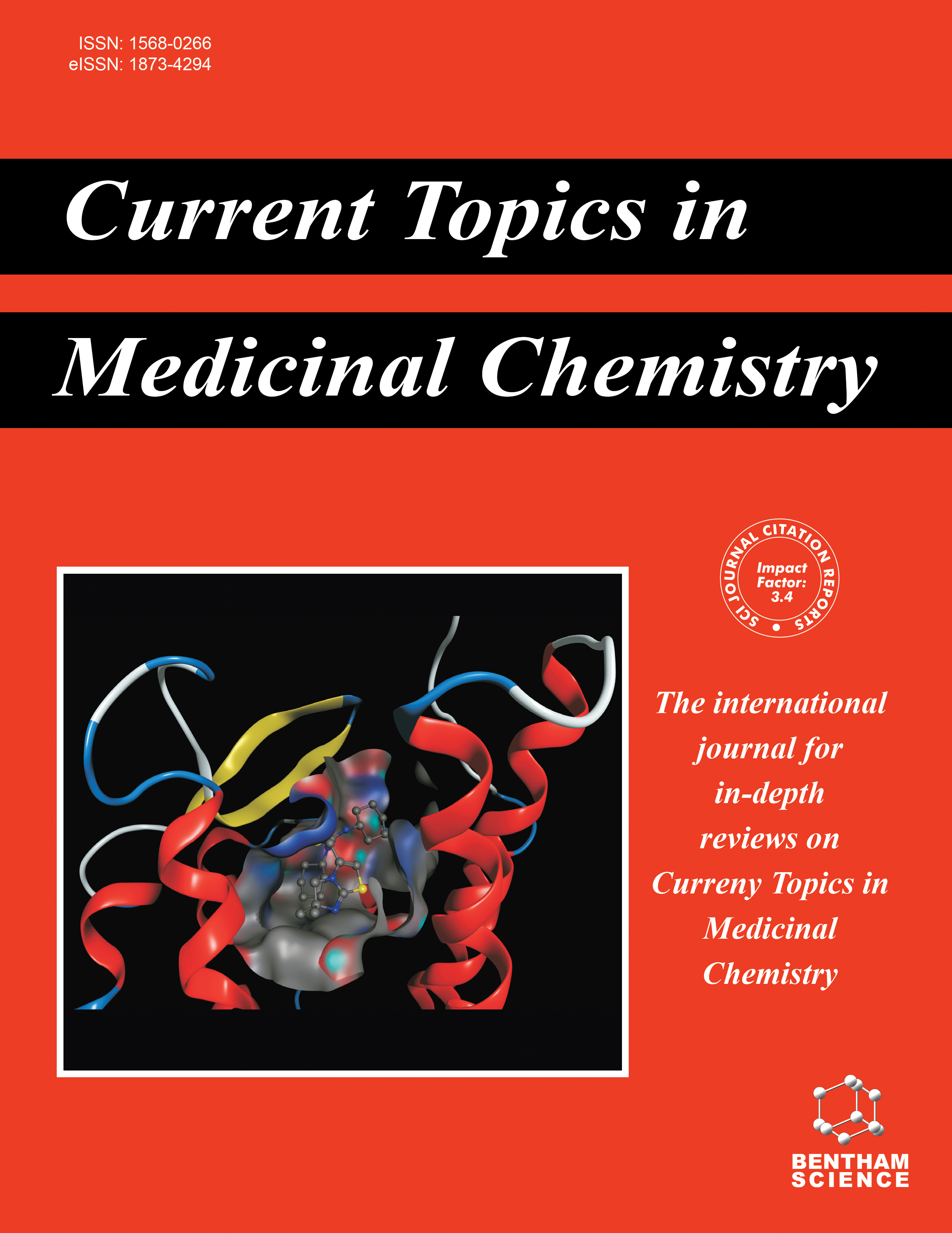
Full text loading...
Diabetes is a highly common chronic disorder of the endocrine system that affects 529 million people globally. Dysfunction of β-cells, impaired insulin secretion, and hyperactive α-cells are the primary reasons for this disease. Conventional therapy might fail since some drugs require specific conditions to achieve their maximum efficacy. Metallopharmaceutics is defined as the branch of pharmaceutics in which the activity of a compound is enhanced by complexation with a suitable metal. Several macrometals, such as copper, and micrometals, such as selenium, are used in this field and combined with organic ligands. Novel synthesis approaches, such as ultrasonication, have been employed to reduce the reaction time and increase the overall product yield. Even if spectral studies confirm the complexation of metals with chemically synthesized organic ligands, less medical evidence of antidiabetic activity exists. Hence, antidiabetic drugs, such as insulin, dapagliflozin, etc., exhibit better pharmacodynamics as metallocomplexes than the drugs themselves and have been chosen pharmacologically to act as ligands. Some metallocomplexes are multidimensional because they are not only antidiabetic but also antineoplastic. Thus, metallopharmaceuticals can lead to significant breakthroughs, not only in the treatment of diabetes but also in the pharmacotherapy of various diseases and disorders.

Article metrics loading...

Full text loading...
References


Data & Media loading...

